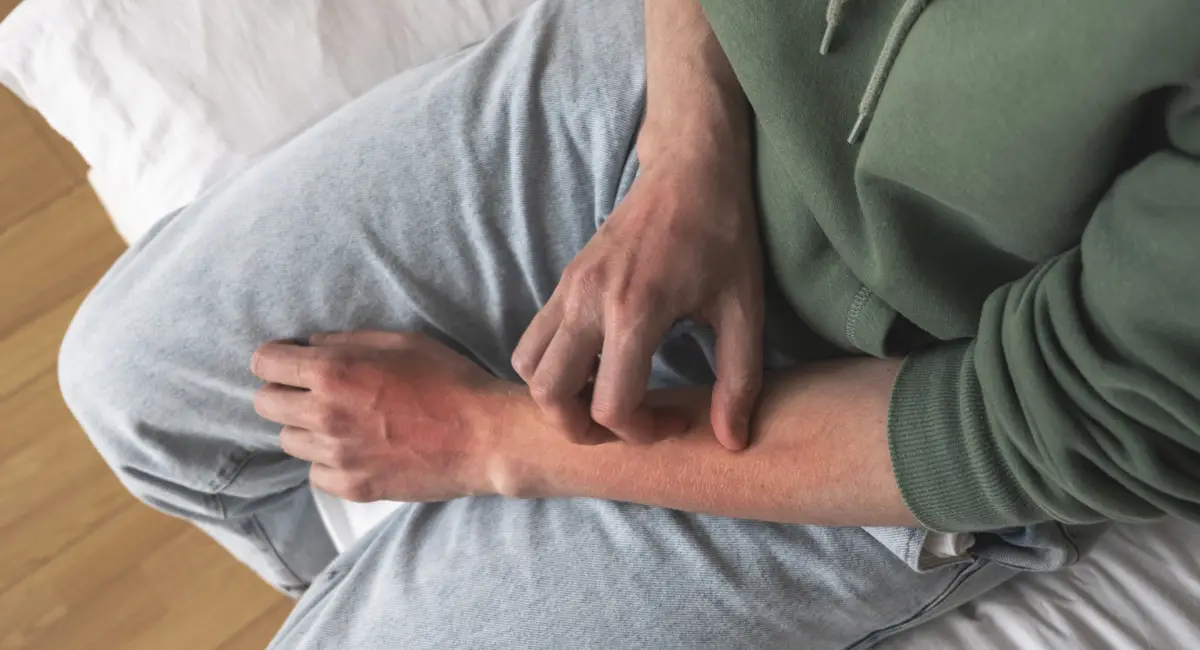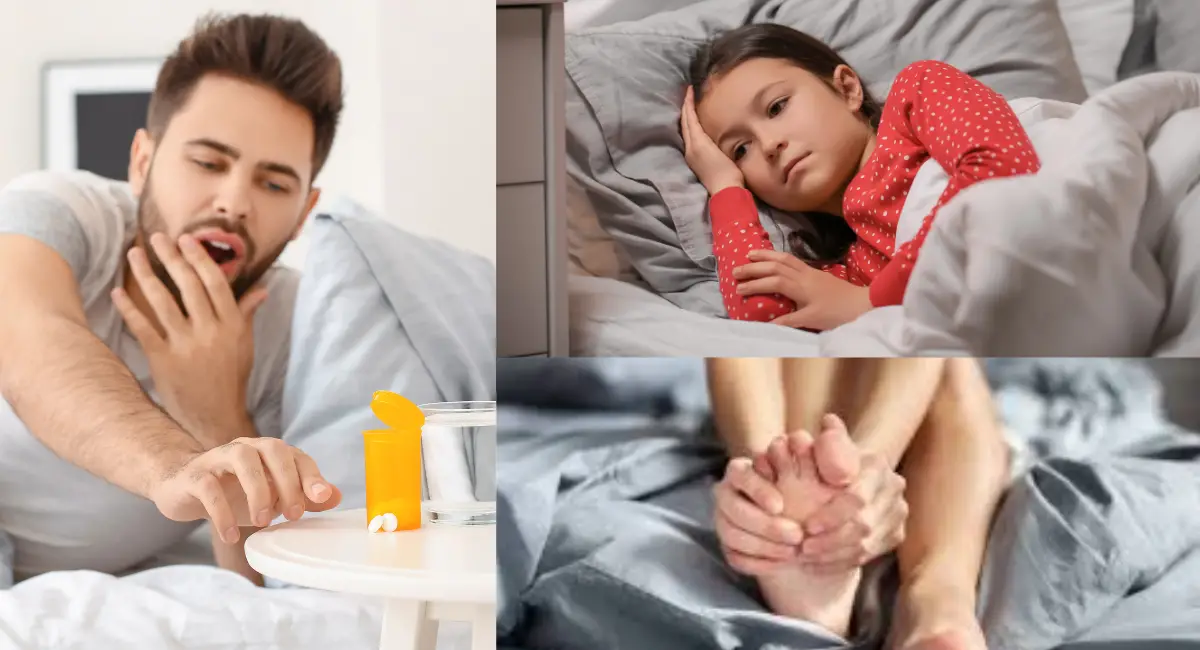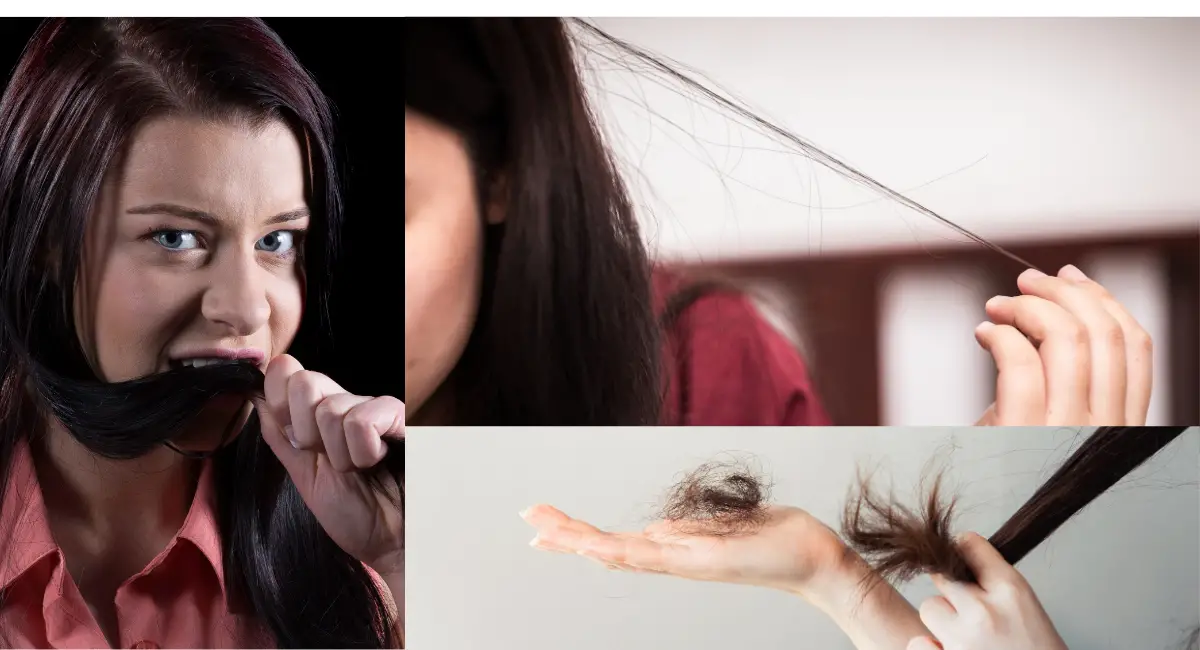
Excoriation (Skin-Picking) Disorder: Symptoms, Causes, and Therapy Options
Contents
Introduction
Excoriation Disorder, also known as Skin-Picking Disorder or Dermatillomania, is a mental health condition characterized by the recurrent, compulsive picking of one’s skin, often resulting in tissue damage, scarring, and significant emotional distress. Individuals with this disorder frequently pick at perceived blemishes, scabs, or irregularities in the skin, sometimes for hours at a time. The behavior can lead to infections, severe scarring, and social withdrawal due to embarrassment.
According to the Diagnostic and Statistical Manual of Mental Disorders, Fifth Edition (DSM-5), Excoriation Disorder is classified under Obsessive-Compulsive and Related Disorders. It affects about 1.4% of the population and often co-occurs with other conditions such as anxiety, depression, and obsessive-compulsive disorder (OCD). This article will explore Excoriation Disorder, focusing on the Symptoms, Causes, and Therapy Options available to manage the condition.
Common Symptoms of Excoriation Disorder
Excoriation Disorder involves both physical and emotional symptoms, with a focus on compulsive skin-picking and the distress it causes. Below is a table outlining the common symptoms and examples of how they manifest in daily life:
| Symptom | Description/Example |
|---|---|
| Recurrent Skin-Picking | Compulsive picking at the skin, often targeting blemishes, scabs, or perceived imperfections. For example, someone may pick at their face or arms until open sores form. |
| Visible Skin Damage | Open sores, scabs, or scars resulting from frequent skin-picking. For example, someone may have visible marks on their face, arms, or legs that they try to cover with clothing or makeup. |
| Efforts to Stop Picking | Repeated attempts to stop the behavior, often without success. For example, someone may make resolutions to stop picking but feel unable to resist the urge when anxious or bored. |
| Temporary Relief Followed by Guilt | Picking provides temporary relief or satisfaction, but is often followed by guilt or shame. For example, someone may feel a sense of relief after picking, but later regret it when they see the damage. |
| Avoidance of Social Situations | Avoiding social interactions due to embarrassment over skin damage. For example, someone may avoid going out with friends or refuse to take part in activities like swimming or sports to hide their scars. |
| Emotional Distress | Intense feelings of guilt, shame, or frustration after picking. For example, someone may feel disgusted with themselves after an episode of picking, contributing to a cycle of anxiety and picking behavior. |
Causes and Risk Factors of Excoriation Disorder
The exact cause of Excoriation Disorder is not fully understood, but it is believed to result from a combination of genetic, neurobiological, and environmental factors. Certain risk factors may increase the likelihood of developing this disorder.
1. Genetic and Biological Factors
Research suggests that genetic factors may play a role in the development of Excoriation Disorder, as the condition often runs in families. Neurobiological factors, such as abnormalities in brain circuits involved in impulse control and emotional regulation, may also contribute to the disorder.
- Twin and family studies indicate that genetic factors contribute to the development of Excoriation Disorder. First-degree relatives of individuals with the disorder are more likely to develop it themselves, suggesting a hereditary component.
- Neuroimaging studies have shown that individuals with Excoriation Disorder may have abnormalities in brain regions involved in decision-making, impulse control, and habit formation, particularly in areas related to dopamine and serotonin regulation.
2. Psychological and Emotional Factors
Emotional distress, such as anxiety, stress, or boredom, is often a trigger for skin-picking behavior. Excoriation Disorder can be a coping mechanism for dealing with negative emotions or providing a sense of relief in stressful situations. Individuals with underlying mental health conditions, such as anxiety or depression, may be more vulnerable to developing the disorder.
- Emotional regulation difficulties are common in individuals with Excoriation Disorder. The act of skin-picking is often a response to emotional triggers such as tension, boredom, or anxiety, providing temporary relief or distraction from distressing emotions.
- The disorder often co-occurs with other mental health conditions, including anxiety disorders, depression, and obsessive-compulsive disorder (OCD). These comorbid conditions may exacerbate the skin-picking behavior and contribute to its persistence.
3. Environmental and Developmental Factors
Environmental factors, such as stressful life events or trauma, may contribute to the onset or exacerbation of Excoriation Disorder. The disorder often begins in adolescence, a time of heightened emotional and social stress, and may be linked to increased anxiety or hormonal changes during this period
- Excoriation Disorder often develops during adolescence, with the onset of puberty and the accompanying hormonal changes possibly playing a role in triggering the behavior. Adolescence is also a time of increased emotional stress and social pressure, which can contribute to the development of skin-picking as a coping mechanism.
- Stressful life events, such as family conflict, academic pressures, or trauma, may serve as triggers for skin-picking behavior in vulnerable individuals.
Therapy and Treatment Options for Excoriation Disorder
Treating Excoriation Disorder involves a combination of therapeutic interventions aimed at addressing both the emotional triggers and compulsive behaviors associated with the disorder. Below are key treatment options:
1. Cognitive Behavioral Therapy (CBT)
CBT is one of the most effective treatments for Excoriation Disorder, particularly through a specific form known as Habit Reversal Training (HRT). CBT helps individuals identify the emotional triggers that lead to skin-picking and develop alternative behaviors to manage these urges.
Example: Emily works with her CBT therapist to identify the emotions that trigger her skin-picking, such as anxiety before important work meetings. Through HRT, she learns to replace the skin-picking behavior with alternative actions, such as squeezing a stress ball or engaging in relaxation techniques, whenever she feels the urge to pick.
2. Acceptance and Commitment Therapy (ACT)
ACT is a therapeutic approach that encourages individuals to accept their negative thoughts and emotions rather than trying to eliminate them. For individuals with Excoriation Disorder, ACT can help reduce the emotional distress associated with skin-picking and encourage them to commit to healthier behaviors that align with their values.
Example: John, who feels ashamed of his skin-picking behavior, uses ACT techniques to accept his feelings of anxiety and discomfort without resorting to picking as a coping mechanism. By focusing on actions that align with his values, such as maintaining his self-image and social life, John gradually reduces his skin-picking behavior.
3. Mindfulness-Based Cognitive Therapy (MBCT)
MBCT combines mindfulness practices with cognitive therapy to help individuals become more aware of their thoughts and emotions without becoming overwhelmed by them. This approach is useful for managing the automatic, unconscious nature of skin-picking by helping individuals stay present and mindful of their actions.
Example: Sarah practices mindfulness techniques through MBCT to observe her skin-picking urges without acting on them. By staying present and aware of her thoughts and emotions, she is able to manage the urge to pick and find healthier ways to cope with stress.
Long-Term Management of Excoriation Disorder
Managing Excoriation Disorder over the long term requires ongoing therapy, support, and coping strategies. Below are key strategies for long-term management:
- Consistent Therapy: Regular participation in CBT, ACT, or MBCT helps individuals develop long-term coping strategies to manage skin-picking behaviors and prevent relapse.
- Support Networks: Engaging with supportive friends, family, or support groups can provide emotional support and accountability during recovery.
- Mindfulness and Stress Management: Incorporating mindfulness practices and stress-reduction techniques into daily life can help individuals manage the emotional triggers that lead to skin-picking.
- Relapse Prevention: Individuals must remain vigilant for potential triggers, such as periods of high stress or emotional distress, and continue to practice the coping strategies learned in therapy to prevent relapse.
Conclusion
Excoriation (Skin-Picking) Disorder is a challenging condition that can significantly impair an individual’s emotional and social well-being. However, with the right combination of treatments—such as Cognitive Behavioral Therapy, Habit Reversal Training, Acceptance and Commitment Therapy, and Mindfulness-Based Cognitive Therapy—individuals can manage their symptoms and reduce their skin-picking behaviors. Long-term management strategies, including consistent therapy, support networks, and mindfulness practices, are essential for maintaining stability and preventing relapse.
References
- American Psychiatric Association. (2013). Diagnostic and Statistical Manual of Mental Disorders (5th ed.). Washington, DC: American Psychiatric Publishing.
- Nolen-Hoeksema, S. (2014). Abnormal Psychology. McGraw-Hill Education.
- Grant, J. E., & Stein, D. J. (2014). The Skin-Picking Cure: Understanding and Overcoming Excoriation Disorder. Oxford University Press.
- Craske, M. G., & Barlow, D. H. (2007). Mastery of Your Anxiety and Depression: Workbook (Treatments That Work). Oxford University Press.
- Wilhelm, S., & Keuthen, N. J. (2001). Habit Reversal Training for Dermatillomania. Journal of Behavior Therapy and Experimental Psychiatry, 32(4), 71-78.
Explore Other Mental Health Issues








